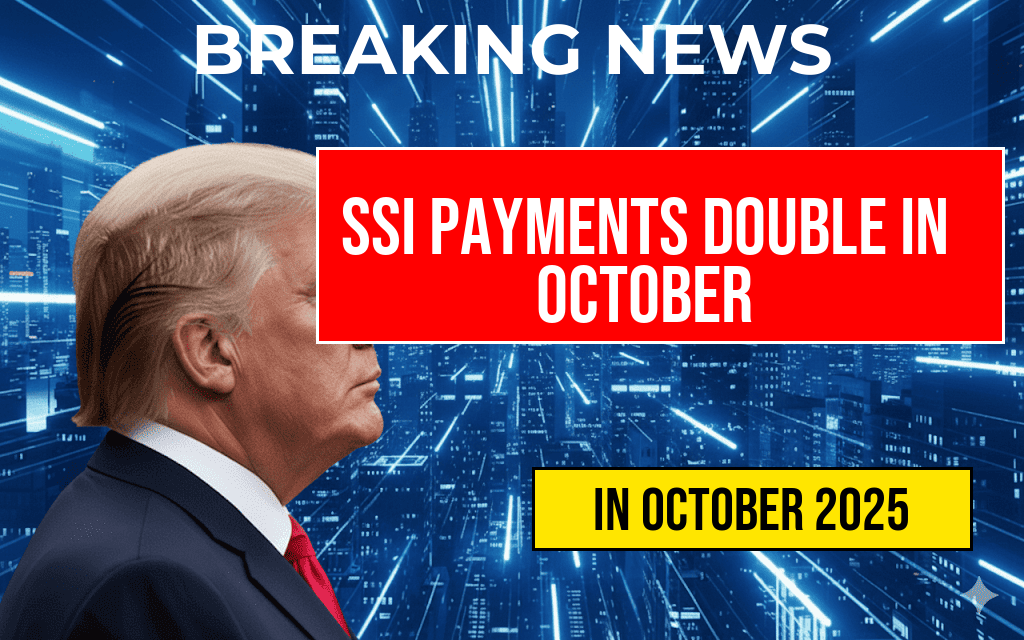The Social Security Fairness Act 2025 represents a significant legislative effort aimed at reforming the way benefits are calculated and distributed to millions of retirees, disabled individuals, and survivors across the United States. Proposed in early 2025, the bill seeks to eliminate the current Windfall Elimination Provision (WEP) and Government Pension Offset (GPO) formulas, which have historically reduced benefits for certain public-sector workers. If passed, the legislation will also streamline eligibility criteria, adjust payment schedules, and potentially increase benefit amounts for eligible recipients. This development has garnered widespread attention from advocacy groups, policymakers, and beneficiaries, as it promises to reshape the financial landscape for millions relying on Social Security income. As discussions advance in Congress, understanding the key components of the bill—namely, eligibility changes, payment dates, and check amounts—becomes essential for those planning their financial futures.
Overview of the Social Security Fairness Act 2025
The bill aims to address perceived inequities within the existing Social Security framework by removing provisions that disproportionately impact public-sector employees who have contributed to other pension plans. The Social Security Fairness Act 2025 would eliminate the WEP and GPO, which currently reduce benefits for certain workers based on their earnings and pension contributions from government jobs. Supporters argue that these rules unfairly penalize public servants who paid into multiple systems over their careers, often resulting in lower payouts compared to private-sector counterparts with similar earnings. Opponents raise concerns about the bill’s fiscal impact and its broader implications for the Social Security trust fund.
Key Changes Proposed in the Legislation
- Elimination of the Windfall Elimination Provision (WEP), which reduces Social Security benefits for workers with pensions from non-covered employment.
- Abolishment of the Government Pension Offset (GPO), which diminishes spousal and survivor benefits for individuals receiving government pensions.
- Revised eligibility criteria to simplify access for qualifying individuals, including potential new rules for early retirement and disability benefits.
- Adjusted payment schedules to ensure timely and predictable disbursements, possibly aligning with inflation adjustments.
Eligibility Criteria and who benefits
The bill is designed to expand eligibility for full benefits to a broader range of workers, especially those employed in public service sectors such as education, law enforcement, and healthcare. Currently, eligibility depends heavily on earning credits and contributions over the working lifetime; the reform aims to make these criteria more straightforward and equitable. Public employees who have previously experienced benefit reductions due to WEP and GPO are expected to see significant increases in their Social Security payments under the new provisions.
Who qualifies under the new law?
- Public-sector workers who have paid into both Social Security and a pension plan not covered by Social Security.
- Survivors and spouses previously affected by GPO reductions.
- Retirees who began claiming benefits after the legislation’s enactment.
Payment dates and schedule
Social Security payments are traditionally issued on a fixed schedule, which varies according to the beneficiary’s birth date. The Social Security Administration (SSA) announced that, under the 2025 reforms, payment dates will remain consistent, with benefits disbursed on the second, third, or fourth Wednesday of each month based on the recipient’s birth date. The changes aim to ensure that beneficiaries experience minimal disruption while benefiting from the updated eligibility and benefit calculations.
Standard Payment Schedule
| Birth Date Range | Payment Date |
|---|---|
| 1st–10th of the month | 2nd Wednesday |
| 11th–20th of the month | 3rd Wednesday |
| 21st–31st of the month | 4th Wednesday |
Beneficiaries are encouraged to review their individual payment schedules through the SSA online portal to confirm specific disbursement dates and ensure their information is up-to-date.
Projected benefit check amounts
The impact of the Social Security Fairness Act 2025 on benefit check amounts is expected to be substantial for many public-sector workers. Based on preliminary analyses, eligible individuals could see an increase of up to 20% in their monthly payments, depending on their prior reductions due to WEP and GPO. The exact amount will vary based on earnings history, years of contribution, and the level of pension received from other employment.
Sample Benefit Comparison
| Worker Type | Average Monthly Benefit (2024) | Projected Monthly Benefit (2025, post-reform) |
|---|---|---|
| Public school teacher with 30 years of service | $1,200 | $1,440 |
| Law enforcement officer with 25 years of service | $1,300 | $1,560 |
| Healthcare worker with combined pensions | $1,100 | $1,320 |
While these figures are estimates, they highlight the potential for meaningful benefit increases, especially for those who previously faced reductions due to current laws. Beneficiaries should consult with financial advisors and SSA resources to understand how the changes might specifically affect their retirement planning.
Public response and legislative prospects
The Social Security Fairness Act 2025 has garnered bipartisan support, with advocates emphasizing fairness and simplicity in the benefits system. However, some lawmakers express concerns about the bill’s long-term fiscal sustainability and its impact on the overall Social Security trust fund. As the legislation moves through congressional committees, stakeholders from public employee unions, senior advocacy groups, and fiscal policy experts continue to debate its merits and potential challenges.
For those interested in tracking the bill’s progress, the official Congress.gov site provides updates and detailed legislative documents. The SSA also maintains an extensive FAQ section and resources to help beneficiaries understand upcoming changes.
By aiming to create a more equitable system, the Social Security Fairness Act 2025 could redefine how millions of Americans access their retirement benefits, balancing fiscal responsibility with fairness and transparency.
Frequently Asked Questions
What is the Social Security Fairness Act 2025?
The Social Security Fairness Act 2025 is legislation aimed at reforming the Social Security system to ensure fairer benefits, eligibility criteria, and payment structures for beneficiaries in 2025 and beyond.
Who is eligible to receive Social Security benefits under the new law?
Eligibility is extended to retirees, disabled individuals, and certain survivors who meet the updated criteria outlined in the Social Security Fairness Act 2025, including specific work history and age requirements.
When are the payment dates for Social Security benefits in 2025?
In 2025, Social Security benefit payments are scheduled to be issued on the usual dates, typically the second, third, or fourth Wednesday of each month, depending on your birthday or beneficiary category.
How are check amounts determined under the Social Security Fairness Act 2025?
Benefit amounts are calculated based on your work history, earnings record, and the adjustments made by the new legislation to ensure fairer payments for all eligible recipients.
Will the Social Security benefits increase in 2025?
Yes, the Social Security benefits are expected to see an increase in 2025, reflecting adjustments for inflation and the reforms introduced by the Social Security Fairness Act 2025.







